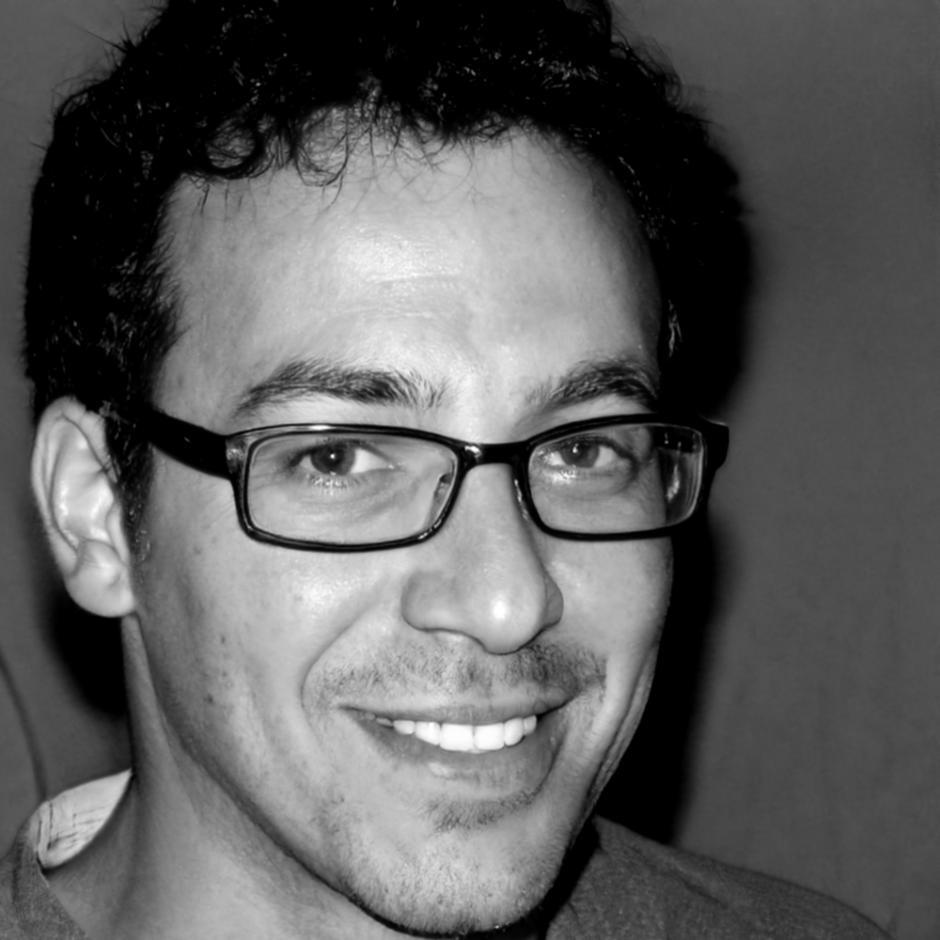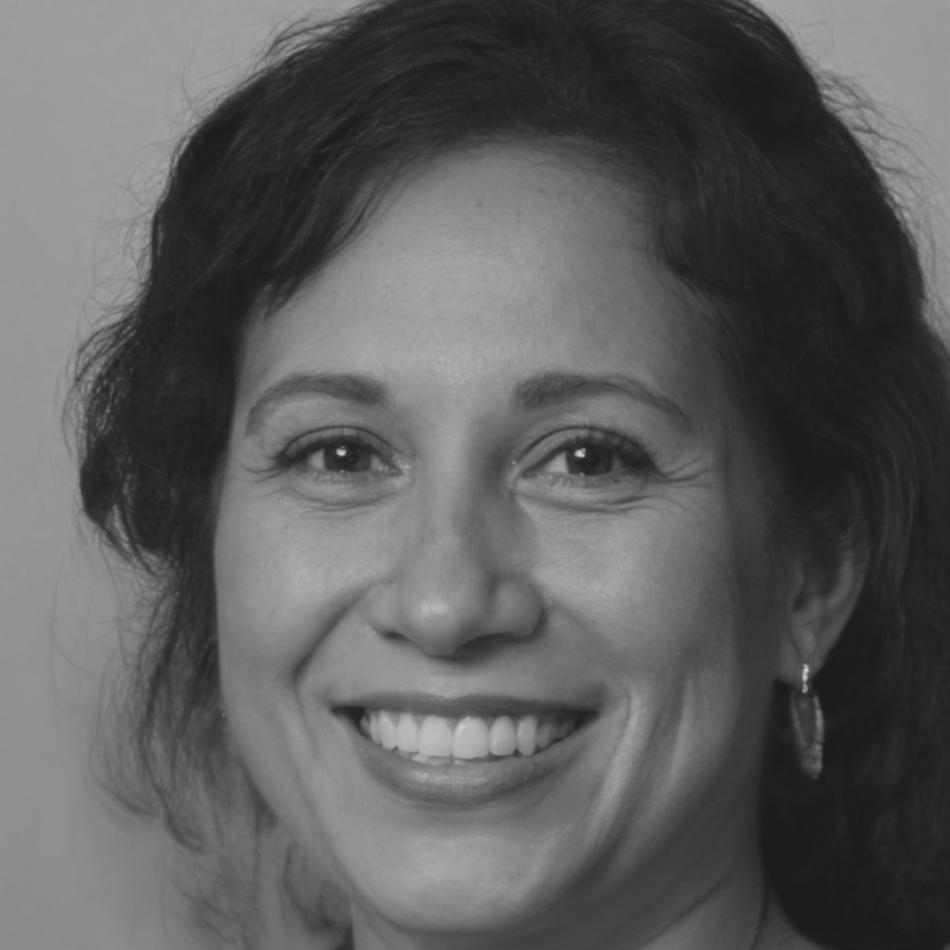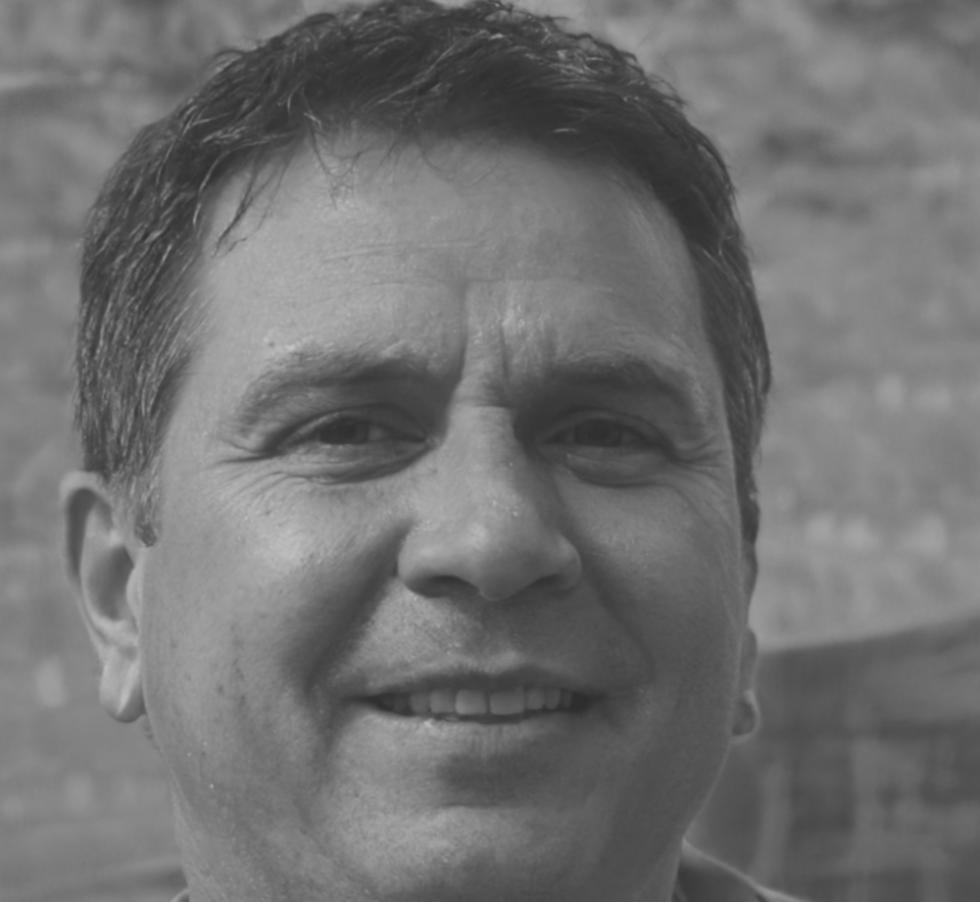Financial Stability Training Programs
Real analysis skills take time to develop. Our structured curriculum combines technical fundamentals with practical application over eight months of focused learning. Starting September 2025.
Request Program DetailsProgressive Learning Path
We break down financial analysis into manageable pieces. Each module builds on what you learned before. Expect homework, practice exercises, and regular feedback sessions.

Foundation Phase
Basic accounting principles and financial statement reading. You'll work with real company reports, identifying revenue streams and expense patterns. About six weeks of core concepts before moving forward.
Ratio Analysis Methods
Liquidity ratios, profitability metrics, and efficiency indicators. We use case studies from Vietnamese companies operating in regional markets. You'll calculate these manually before using software tools.
Cash Flow Assessment
Operating, investing, and financing activities. This section focuses on detecting red flags in cash flow statements. Many students find this challenging because it requires connecting multiple financial documents.
Risk Evaluation
Debt ratios, interest coverage, and market volatility factors. We examine how economic conditions in Southeast Asian markets affect stability measures. Final projects involve analyzing a complete business scenario.
Industry Comparison
Benchmarking techniques across different sectors. You'll compare performance metrics for companies in manufacturing, retail, and service industries. Understanding context matters more than memorizing formulas here.
Reporting Practice
Creating analysis reports that non-financial managers can understand. We emphasize clear writing and visual presentation. Your final assessment includes presenting findings to a review panel.
Who Teaches These Classes
Our instructors work in finance roles during the week and teach evenings or weekends. They bring current industry practices into the classroom rather than just textbook theory.

Clarence Dempsey
Spent twelve years doing financial audits before switching to education. He's particular about proper documentation and often shares stories about audit failures.

Rosalind Kemp
Currently works as a credit analyst while teaching part-time. She evaluates loan applications daily, which gives her current examples for class discussions.

Vernon Galloway
Background in equity research covering manufacturing sectors. He can explain why certain financial patterns emerge in specific industries based on operational realities.

Bradford Sinclair
Works with international accounting standards in his consulting practice. Teaches the final module on communicating financial findings to diverse audiences.
Study Groups
Weekly sessions where you work through problem sets together
Peer Review
Exchange draft reports and provide feedback before submission
Case Teams
Analyze complex scenarios in small groups of three to four
Discussion Forum
Online space for questions between class meetings
Learning Happens Together
Regular Group Work
You'll spend roughly 40% of class time working with other students. This mirrors actual workplace dynamics where analysis gets reviewed and discussed by multiple people.
Shared Resources
Students build a collective database of practice problems, useful articles, and industry examples. Previous cohorts report this becomes valuable reference material later.
Professional Network
Many participants work in banking, corporate finance, or accounting firms around Ho Chi Minh City. These connections often lead to informal mentorship or job referrals after graduation.